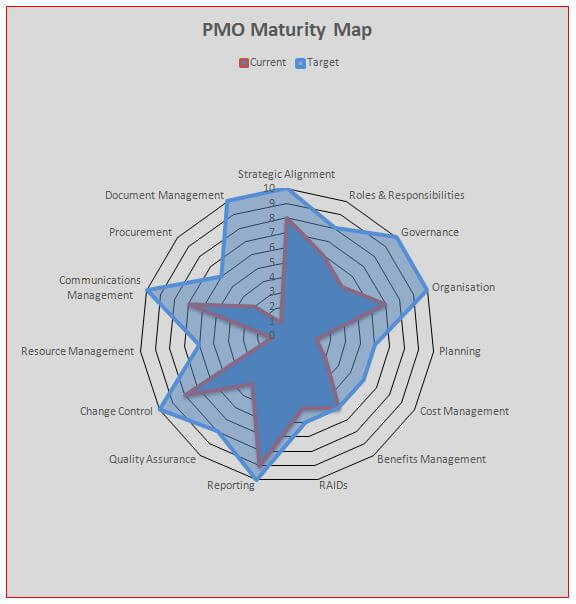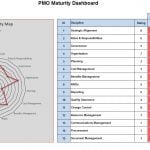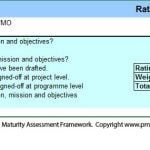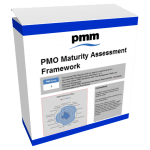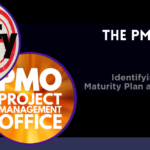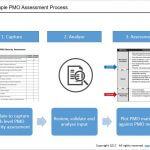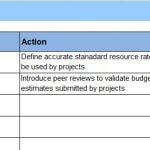This is the 3rd post in the the 4 part series that is covering the concept of PMO maturity. The previous posts being:
This post is going to cover how you set about, capture and plot the desired / target maturity level for your PMO.
Purpose
The primary reason for capturing the desired maturity level is twofold:
- It ensures that all stakeholders have a clear and agreed position of their expectations / requirements from the PMO
- It allows the target state to be evaluated against current state to identify gaps so that an action plan can be created to achieve the target level.
This is logical. When you are going on a trip and you use Google Maps or a satnav to plot the course. You have to enter the start point (current state) and destination (desired state) so that Google can evaluate and plot the optimum route (gap and action plan).
PMO Objectives
Before you start collecting data, it is worth spending some time thinking what is the purpose of the PMO? Why is it needed? What does it need to achieve? The reason for this is that you want to make sure that you do not fall into the project management trap of “gold plating”. If the sponsor only requires a PMO to capture and consolidate project reports without any review, they will not be supportive of implementing changes that will enable the reports to be challenged so that the PMO can provide advice to senior management.
When you have had time to consider your thoughts on the PMO objectives, make sure to discuss with the PMO sponsor to validate that they are aligned. It will also allow you to capture any additional objectives. This should mean you have a good overview of the expectation and will mean you are better placed to capture the target state in more detail.
You can find more details about defining objectives of a PMO in the post Defining objectives of a PMO to help the sponsor measure success.
Capturing Target PMO Level
This step is very similar to the step to capture the current PMO maturity level. It involves capturing the desired level of maturity against each of the PMO services. This can either be done by yourself, the PMO team, sponsor, other stakeholders or combination of the different sources.
However, this is why it is important to have the clear position on objectives. The people providing the input must provide the target levels aligned to objectives not what they think. If that was the case, everyone would simply input the highest level of maturity for each service as it is human nature to wish to maximise benefit.
As illustrated in the example on reporting, if report consolidation is all that is required, you would not want to capture a target state that far exceeds the objectives.
Data Capture Form
It is a good idea to use a similar template to that used to capture current state. This will mean that the people providing the input will be familiar with the format. It also means that you ensure consistency on the measures which is important for when you plot the results.
A smart efficient method is to capture the current and target at the same time. However, to achieve this, you will need to have completed the step on PMO objectives before commencing the capture of current and target maturity levels.
Plot Target PMO Maturity
After you have captured, reviewed and validated the input(s), you should plot the results using the same scale as used for current state. The data should ideally be captured on the same chart / report so that it is easy to determine the areas that need enhancement.
The diagram below shows an example of the current and target maturity levels using a radar graph. It is clear to see the areas that need enhancing like Document Management as opposed to those that don’t like Benefits Management.
Armed with this information, you are ready to analyse the data and create an action plan. This will be covered in part 4 of this series.
Summary
It is important to have a clear, documented understanding of the objectives for your PMO. This will allow you to capture the target maturity level so as to complete a gap between current and target PMO maturity levels.
